|
|
The Solomon R. Guggenheim Museum. Architect: Frank Lloyd Wright. — New York, 1960The Solomon R. Guggenheim Museum. Architect: Frank Lloyd Wright. — New York : The Solomon R. Guggenheim Foundation and Horizon Press, 1960. — 71 p., ill.
“This is the liberation of painting by architecture,” said Frank Lloyd Wright of his revolutionary concept of the Guggenheim Museum.
The creative spirit which pervades this uniquely beautiful building may be sensed only by actual, and repeated, visits: the living experience which is the essence of great architecture. Although no pictorial study, however faithful or detailed, can parallel such an experience, this book was designed as a photographic tour of the Guggenheim Museum in order to provide some sense of the character of the structure, of the means by which the master architect gave concrete reality to his daring vision.
The book opens with an introduction by Harry F. Guggenheim, president of the Solomon R. Guggenheim Foundation, telling the story of the genesis of the building. The section that follows consists of several extensive statements by Frank Lloyd Wright on his original concept of the Museum as it developed through the years.
After the architect’s drawing of the building and photographs of the construction, the reader then sees the exterior of the completed Museum as it is approached from the north and is shown completely around the building from several views. Returning to the wide entrance, the camera proceeds through it into the main gallery, moves up the ramp’s first rise, enters the grand gallery at the side of the first level and then, emerging, continues on up the gently curving spiral.
By means of a large foldout four pages wide, a specially made panoramic view presents several levels of the breathtaking ramp flowing up in an unbroken wave toward the great glazed dome which crowns the building. The reverse side of this foldout contains a panoramic view of the magnificent auditorium below the main gallery. It is followed by several pages devoted to reproductions of some of the paintings and sculptures in the celebrated Guggenheim Collection.
After a variety of views taken from the upper levels of the ramp looking down over the main gallery, the book closes with a night view of the Museum, luminous among the surrounding New York buildings, as seen across the reservoir in Central Park.
“This type of structure,” as Frank Lloyd Wright said, “has no inside independent of the outside, as one flows with, and is of, the other... The features of this new structure are seen coming inside as well as the inside features going outside. This integration yields a nobility of quality and the strength of simplicity... a truth of which our culture has yet seen little...”
INTRODUCTION
The Solomon R. Guggenheim Museum and the collection it houses are a memorial to my uncle, Solomon R. Guggenheim, industrialist, philanthropist and patron of the arts.
More than sixteen years ago he commissioned Frank Lloyd Wright to design an original building for the display of the growing collection of contemporary art which he had bequeathed to the public. In creating the building this inspired American architect again demonstrated his genius. In composition, in beauty and in majesty, the building will long live among the architectural treasures of man.
This book is about that building. In it are illuminating statements by a man whose architectural genius knew no bounds. He struggled for the right to create as he saw fit, and this struggle has become legendary.
For the reader who has already visited this unique structure in New York City, this book should prove a useful remembrance of a dramatic and inspiring experience.
For the reader whose only contact with the Guggenheim will be through this book, these pages have been designed to serve as a conducted tour. It begins with a briefing by the architect, followed by a walk around the exterior, and later, a leisurely trip along the gently sloping spiral ramp which has become its hallmark.
To understand the story of the Guggenheim it is necessary to go back to the mid 1890’s, when Solomon R. Guggenheim started his art collection.
His early ventures were primarily in the fields of the Old Masters and American landscapes. Later his interests turned to the French Barbizon School, and still later to primitives. In the late 1920’s, however, he became aware of Twentieth Century painting. This new art form appealed to him. He focused his attention on it. He placed particular emphasis on those bolder aspects which he felt represented a fresh outlook on the world, which were in sharp contrast to the past.
His original collection of modern paintings, which forms the cornerstone of the Museum’s present collection, was acquired with the aid of the Baroness Hilla Rebay, first Director of the Museum. Today it is considered among the finest in the world. Later, with the Museum under the directorship of James Johnson Sweeney, notable additions were made to the collection. A new policy was initiated by the acquisition of outstanding works of modern sculpture. Important additions were made to the original collection of modern masters, and works of contemporary artists were acquired.
As his interest in and love for contemporary art developed, my uncle came to believe that the people of the United States, through their social and economic improvements, would have more and more opportunity to develop art interests. He was confident that the United States would become one of the great art centers of the world. He felt that everyone should be given access to the fresh vision of the contemporary artists. At the same time, he wanted to encourage their research and experiments in this field through wider patronage.
To accomplish these ends, on June 29, 1937, he established The Solomon R. Guggenheim Foundation "for the promotion and encouragement of art and education in art and the enlightenment of the public, especially in the field of art," and placed it under the directorship of the Baroness Rehay. Janies Johnson Sweeney succeeded her in 1952, and retained the directorship until August 1960.
In 1939 a gallery was rented in New York City (24 East 54th Street) as temporary quarters until a permanent structure could be provided. Four years later, Mr. Wright was commissioned to design a building that would be worthy of the greatest contemporary art that could be acquired.
My uncle seemed to sense, even then, the evolution through which painting was progressing. He realized that there could be no finality in artistic expression. He sought, and obtained, a museum flexible enough to meet the changing requirements of time.
The result was not simply another step in conventional museum architecture. It is, in its refreshingly original concept, a revolution in design. Works of art were first displayed for the benefit of the public in places of worship, later in palaces of deposed monarchs and former residences of rich benefactors of the arts. These palaces of Medieval or Renaissance architecture were make-shift, ill-suited, and inadequate for display. However, outworn tradition persisted even to the point of influencing the design of galleries erected in the New World. In a revolt from this tradition, buildings of conventional contemporary design were adopted, hut not too happily for the display of art.
Mr. Wright was asked to create a new concept. He did. In 1947 the first parcel of a Fifth Avenue block site was purchased for Mr. Wright’s projected building. In 1948 the temporary galleries were moved to a six-story private mansion on the newly acquired property at 1071 Fifth Avenue. The purchase of the entire block front on Fifth Avenue between 88th and 89th Streets was completed in 1951, and somewhat later The Solomon R. Guggenheim Museum began to rise above the sidewalks of New York.
Mr. Wright’s creation has proven to he unusually well suited to the display of paintings. It is also extraordinarily attractive and interesting to people in all walks of life.
The circular shape of its galleries and the gently sloping ramp which winds its way around the building have become the symbols of a new era in the display of art. The ramp is functional and relaxing to the visitor, providing a grade only one per cent steeper than the gentle building-to-curb sidewalk requirements in New York City.
We deeply regret that neither the donor nor the designer of this building could have lived to see it in its finished state. But we find comfort in the knowledge that Solomon R. Guggenheim was able, at least, to approve the architect’s design before his death in 1949, and that Frank Lloyd Wright’s only major work in New York City was very nearly completed while that great architect still lived.
Although he was denied the gratification of public approval, Mr. Wright enjoyed the satisfaction of his creative planning. And when the Guggenheim was finally opened to the public, the vision and courage of both these men were vindicated. More than 750,000 people came to the building in the first nine months. Many went away excited at what they had experienced. Others derided it. But virtually no one was unaffected by it.
The techniques of display and lighting which were developed by James Johnson Sweeney, former Director of the Museum, have won wide acclaim here and abroad. Although they differed from those envisioned by Mr. Wright (these are cited by him in the quotations which follow later in the book), the architect’s aim, namely, that the paintings would appear to be floating in space, was happily achieved. The building, as designed by Mr. Wright, remains intact in accordance with the Trustees’ decision as conceived by Mr. Wright and can be adapted in any way that future directors or trustees may desire.
With the completion of the new Frank Lloyd Wright building, the Foundation lias a unique opportunity for service to a large segment of the uninitiated as well as the knowledgeable public. Their search for relaxation, pleasure and exaltation from the contemplation of art, it is hoped, will he generously fulfilled.
It is with this sense of purpose that we make plans for the future, assured that the Museum created hy Mr. Wright makes possible the exhibition of paintings and sculpture in a manner that will delight and refresh the public and stimulate their interest in art.
Harry F. Guggenheim
September 15, I960
Sample pages
Download link (pdf, yandexdisk; 18,3 MB).
Все авторские права на данный материал сохраняются за правообладателем. Электронная версия публикуется исключительно для использования в информационных, научных, учебных или культурных целях. Любое коммерческое использование запрещено. В случае возникновения вопросов в сфере авторских прав пишите по адресу 42@tehne.com.
12 января 2019, 16:40
0 комментариев
|
Партнёры
|

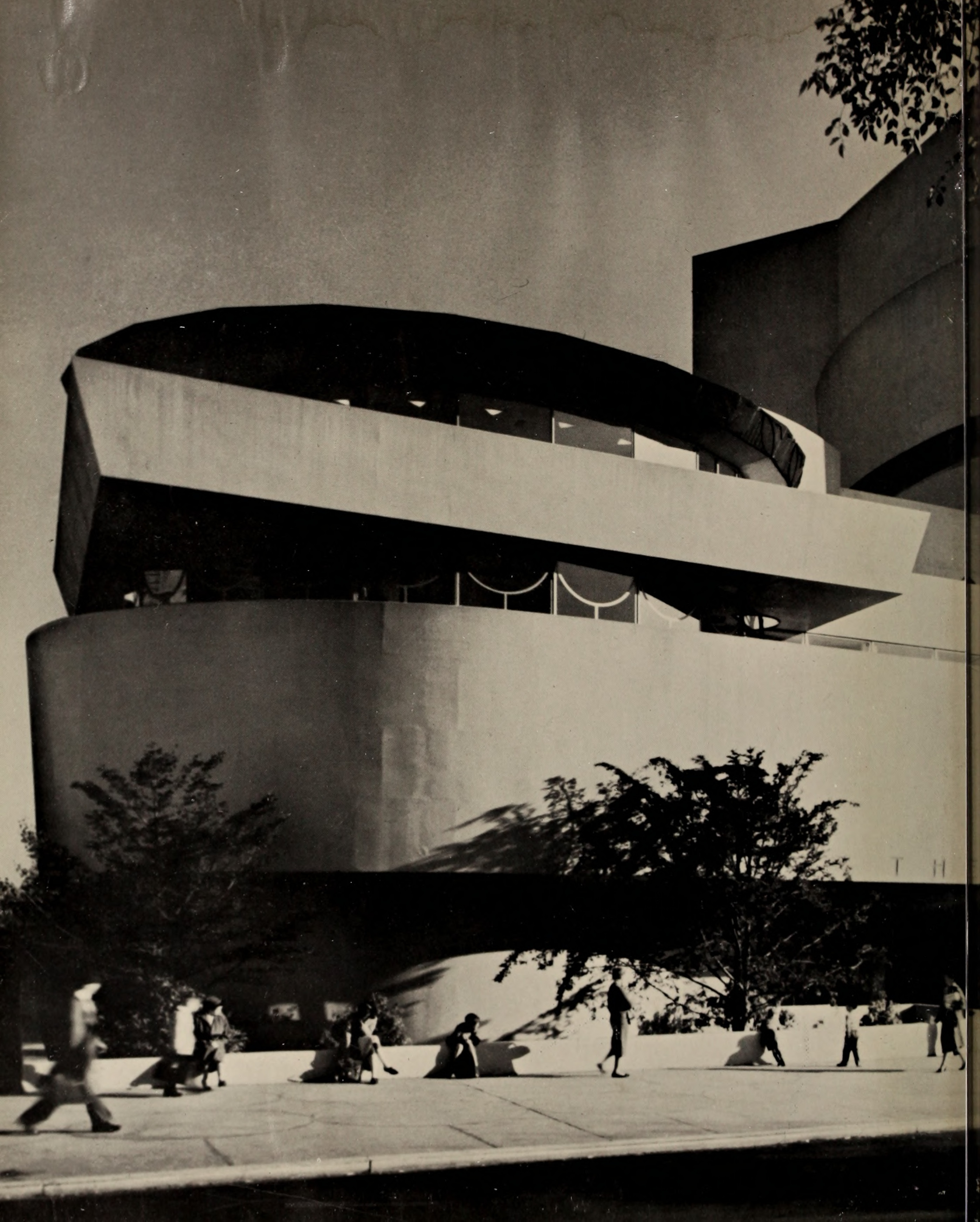
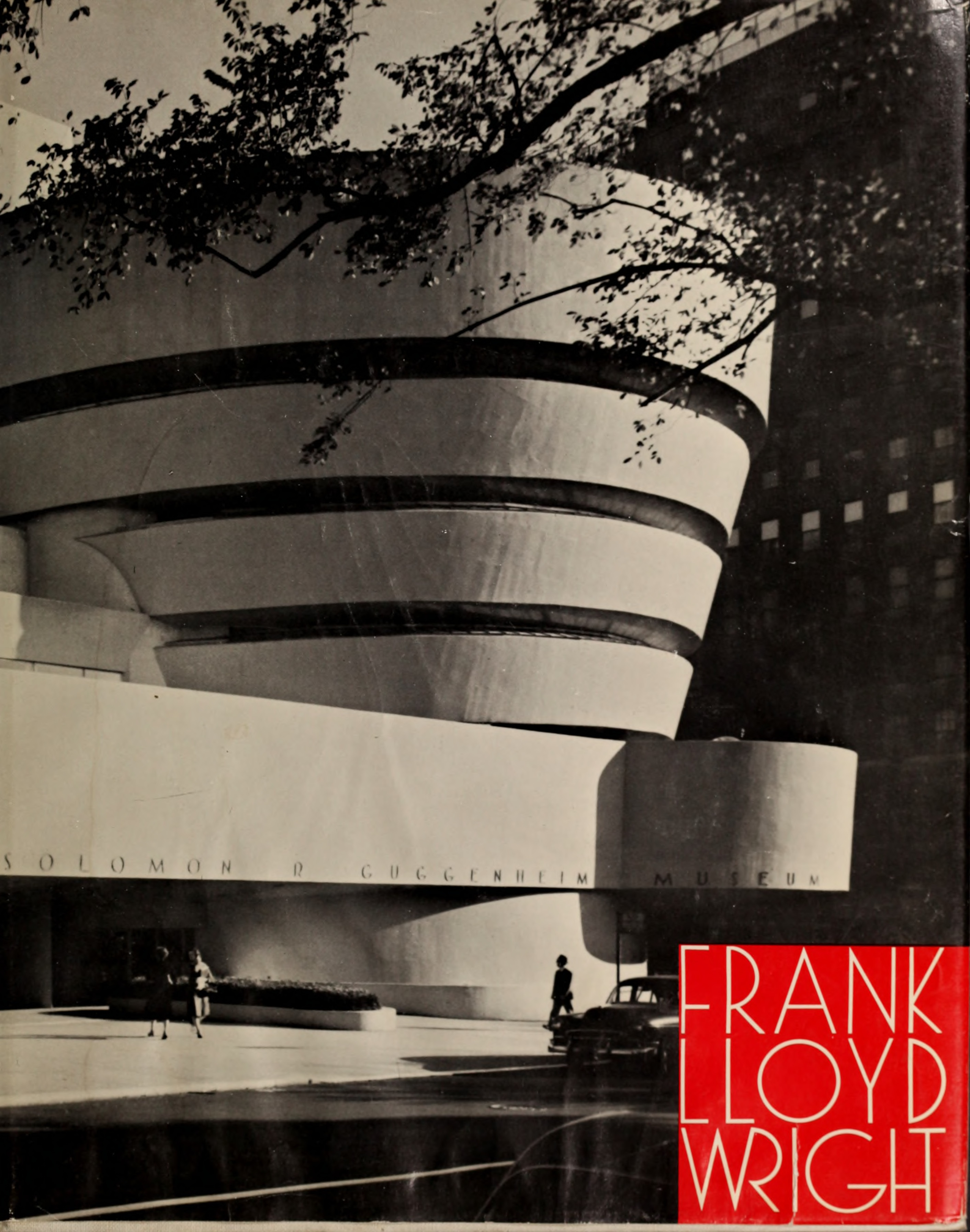
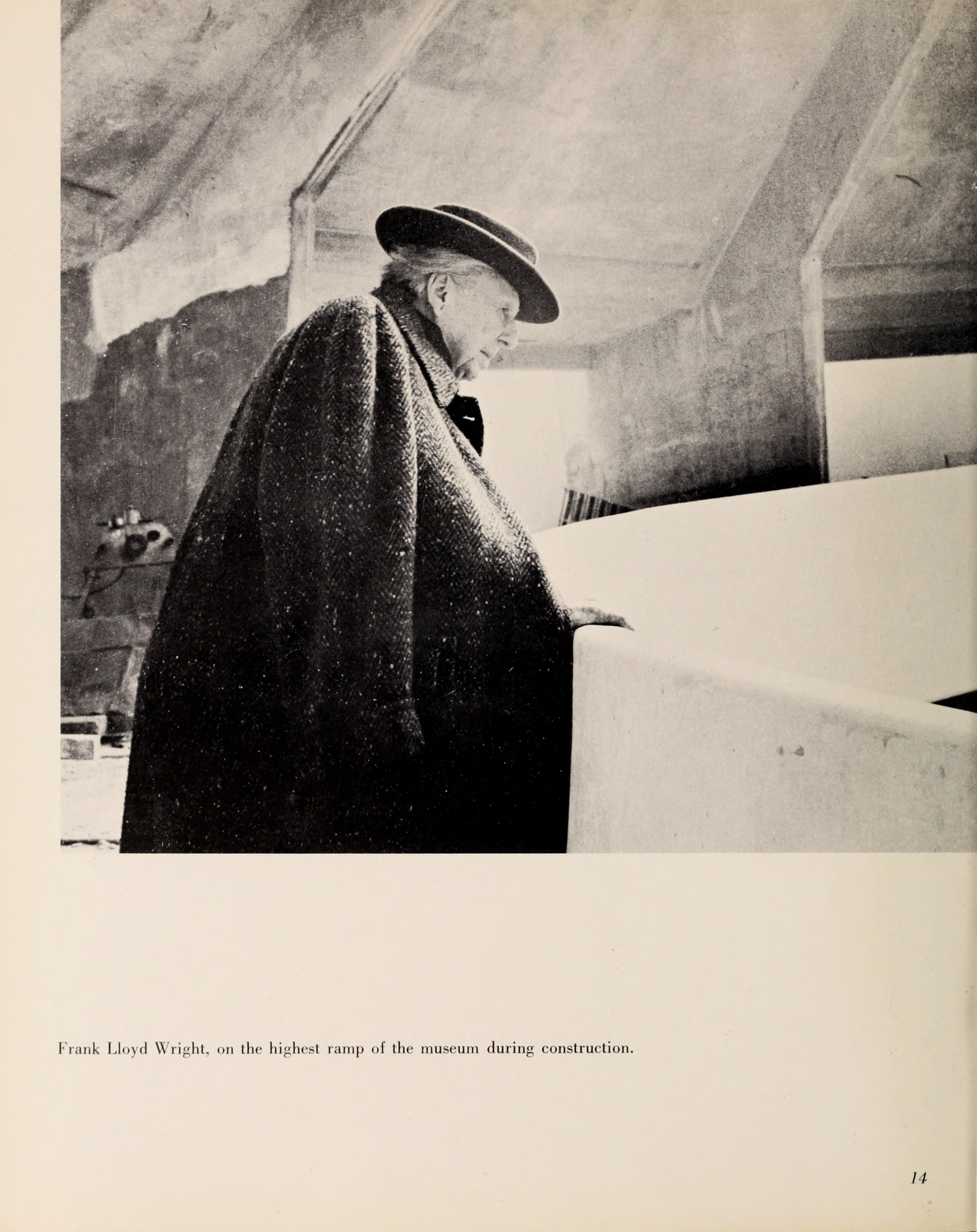
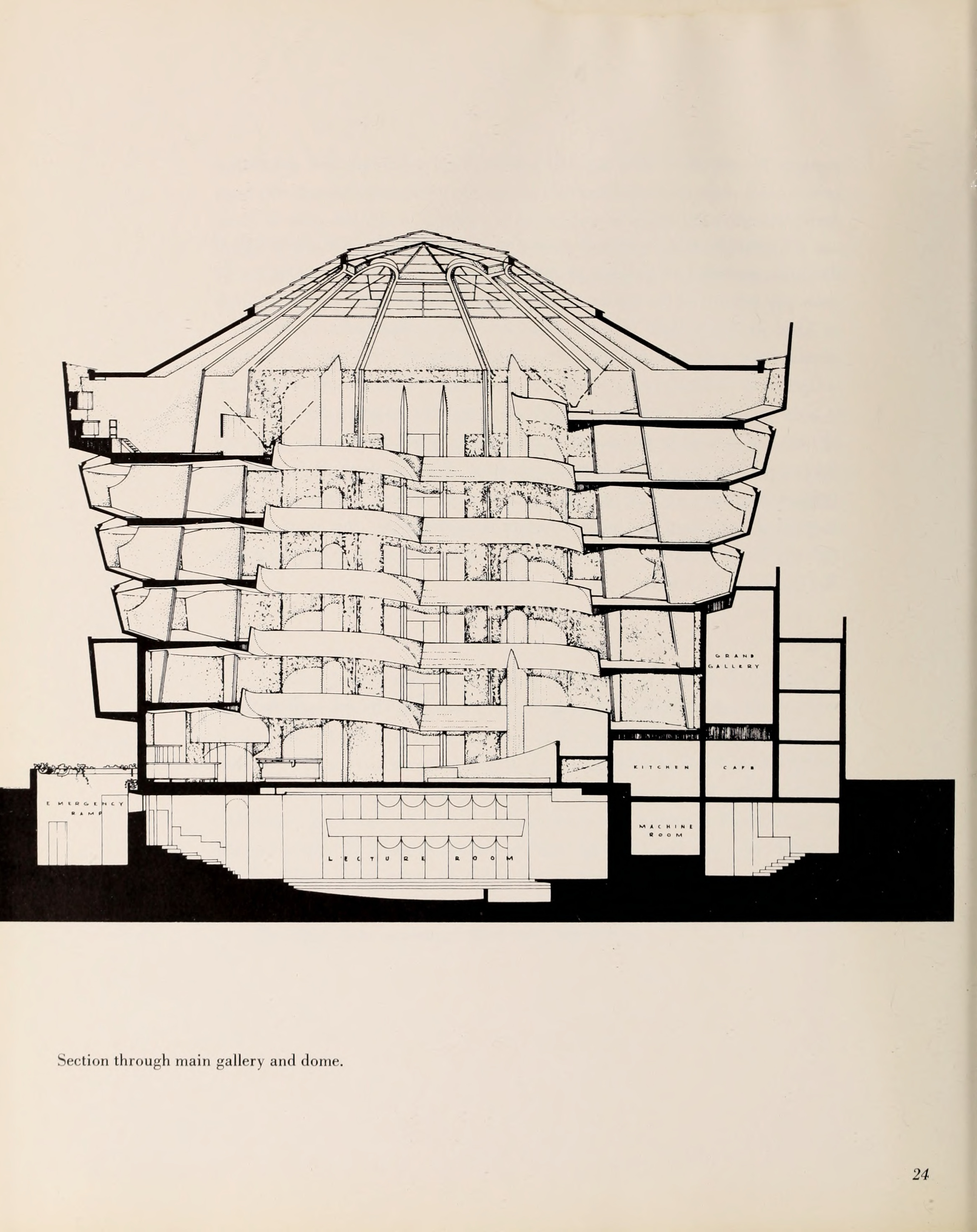
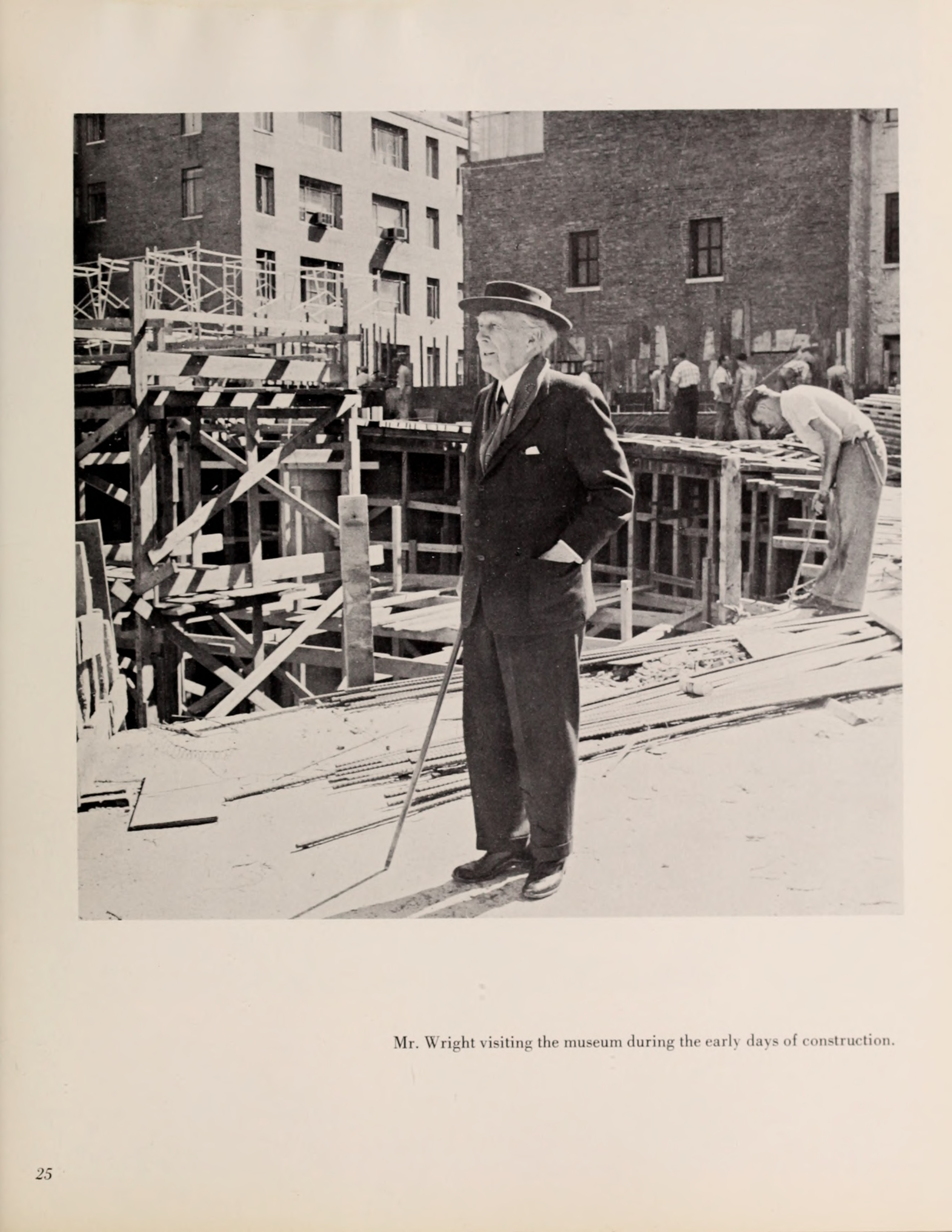
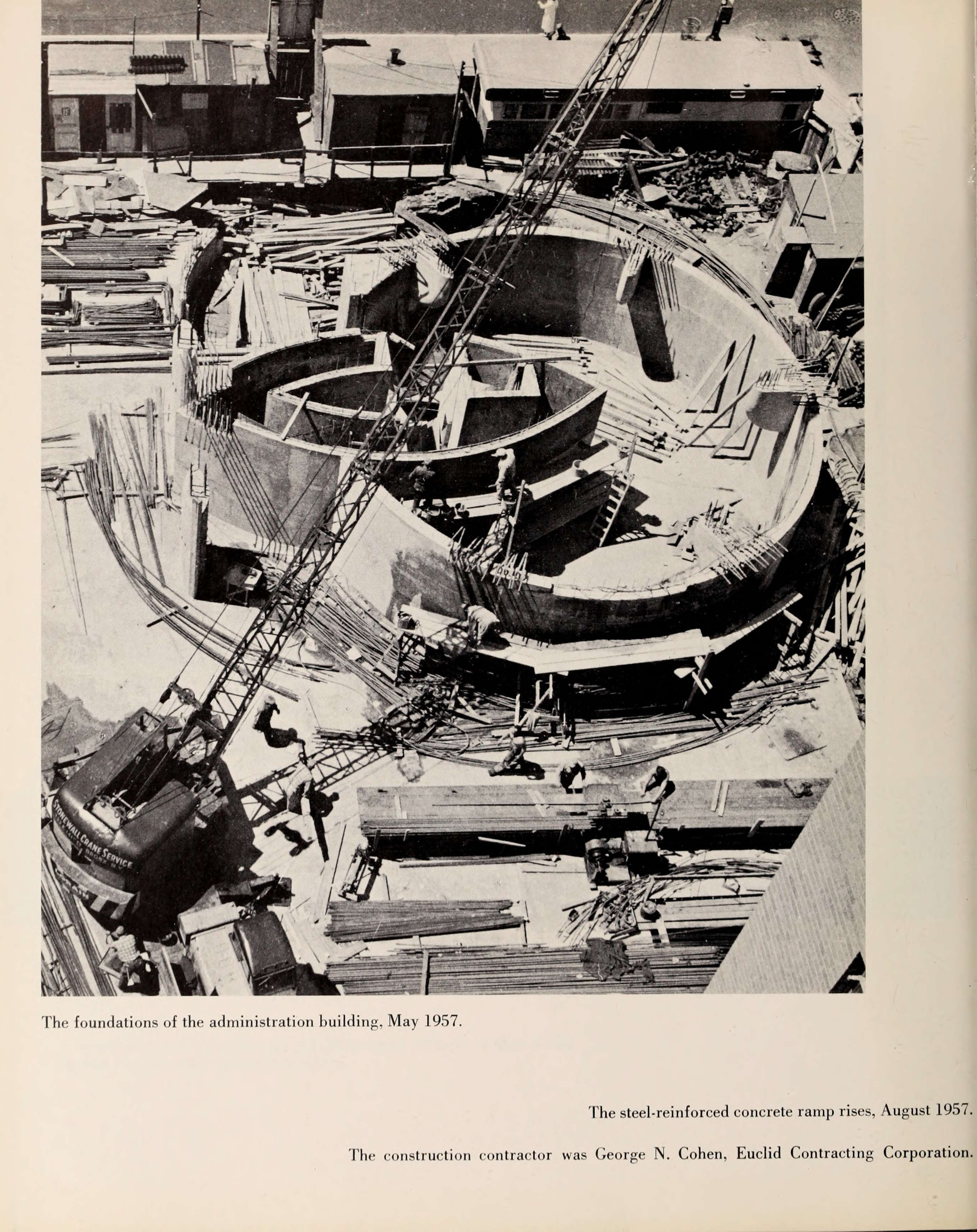
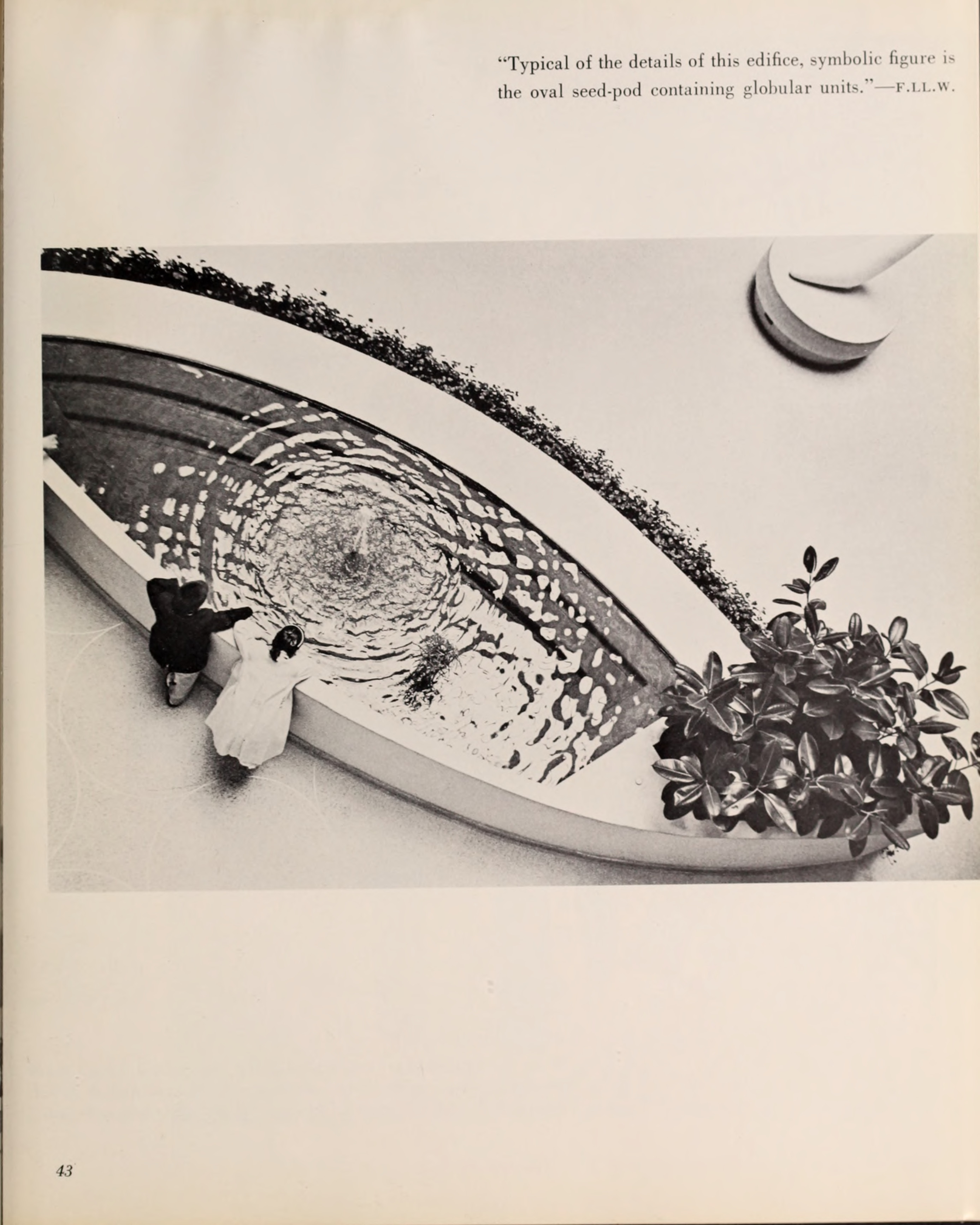
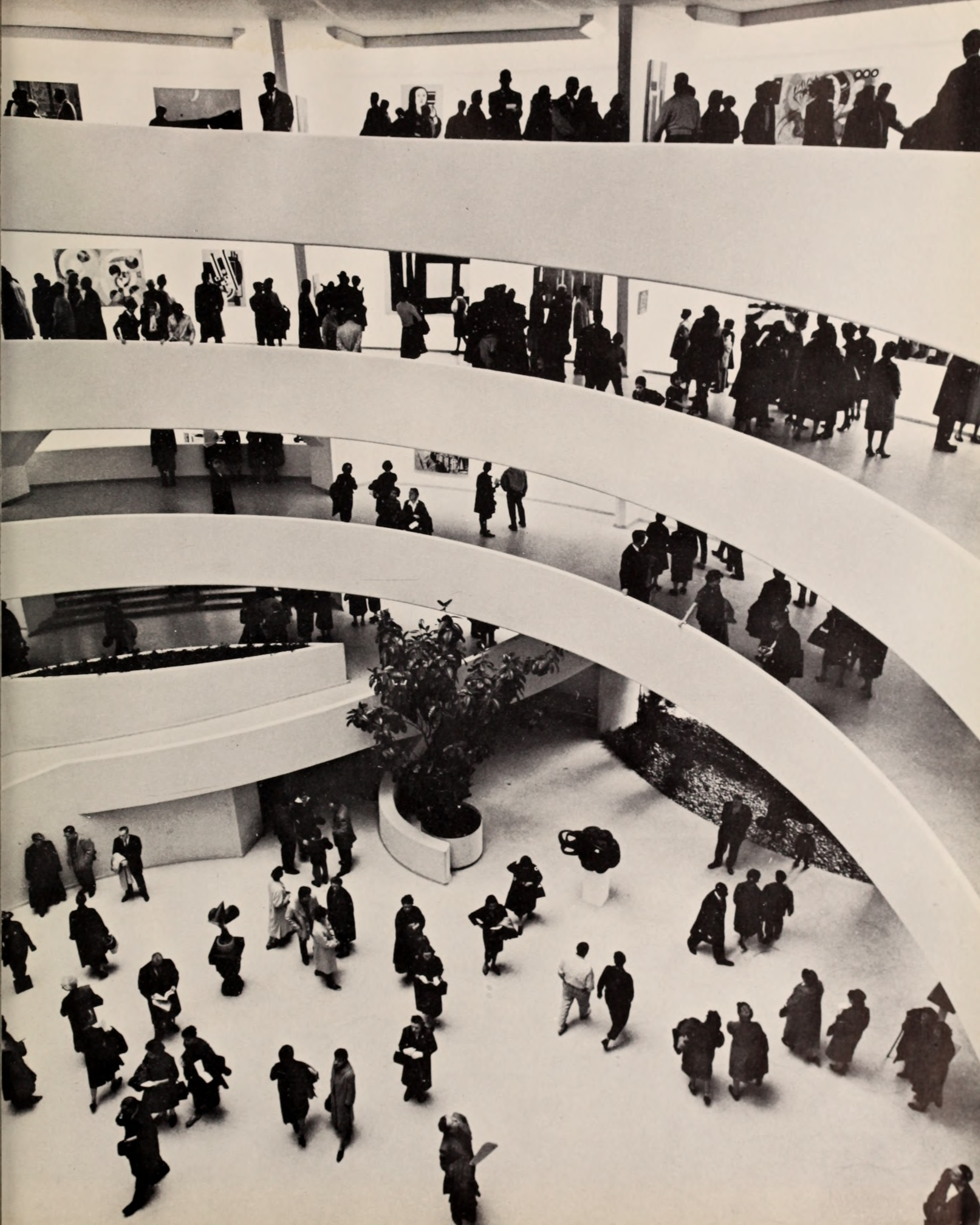





Комментарии
Добавить комментарий